Tahereh Firoozi
Reinforcement Learning-based Mixture of Vision Transformers for Video Violence Recognition
Oct 04, 2023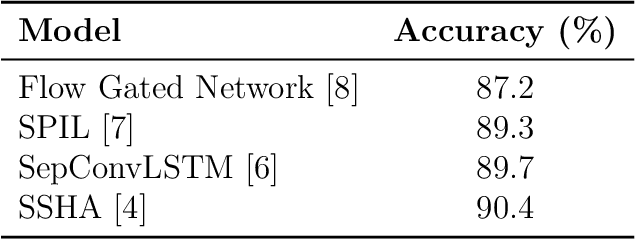
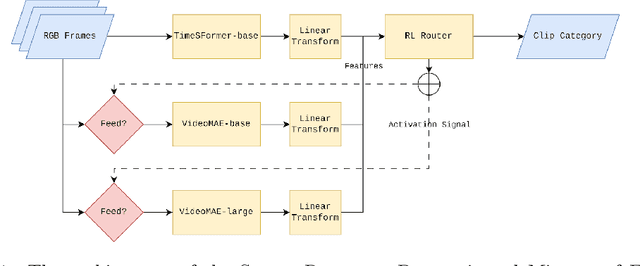
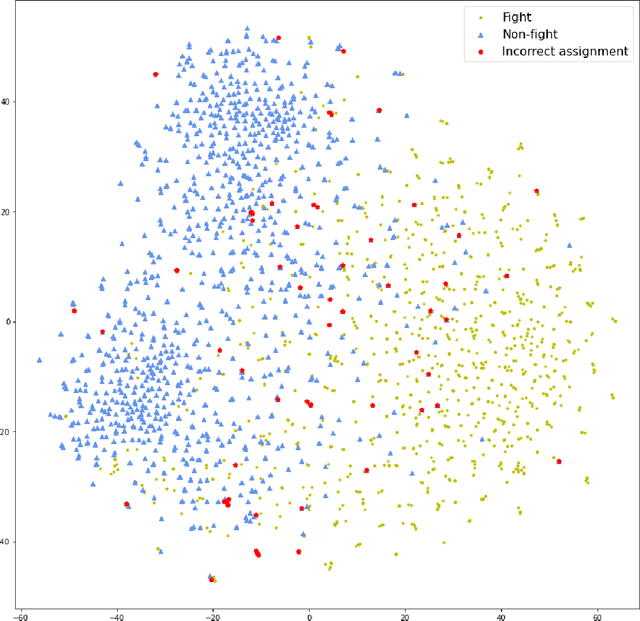
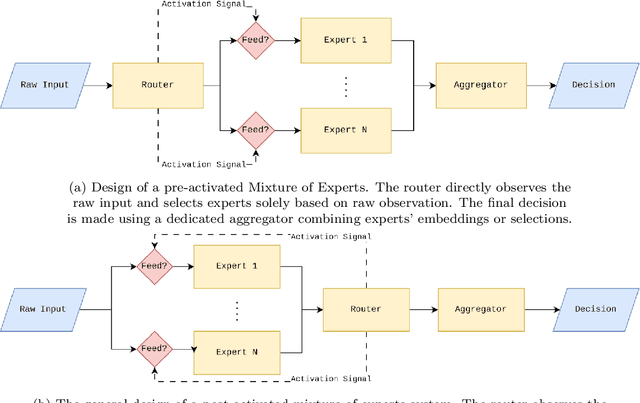
Abstract:Video violence recognition based on deep learning concerns accurate yet scalable human violence recognition. Currently, most state-of-the-art video violence recognition studies use CNN-based models to represent and categorize videos. However, recent studies suggest that pre-trained transformers are more accurate than CNN-based models on various video analysis benchmarks. Yet these models are not thoroughly evaluated for video violence recognition. This paper introduces a novel transformer-based Mixture of Experts (MoE) video violence recognition system. Through an intelligent combination of large vision transformers and efficient transformer architectures, the proposed system not only takes advantage of the vision transformer architecture but also reduces the cost of utilizing large vision transformers. The proposed architecture maximizes violence recognition system accuracy while actively reducing computational costs through a reinforcement learning-based router. The empirical results show the proposed MoE architecture's superiority over CNN-based models by achieving 92.4% accuracy on the RWF dataset.
Using Active Learning Methods to Strategically Select Essays for Automated Scoring
Jan 02, 2023
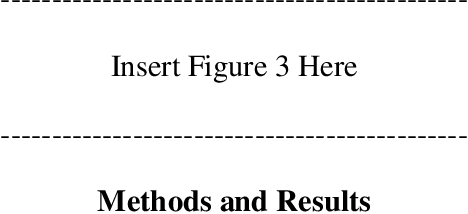
Abstract:Research on automated essay scoring has become increasing important because it serves as a method for evaluating students' written-responses at scale. Scalable methods for scoring written responses are needed as students migrate to online learning environments resulting in the need to evaluate large numbers of written-response assessments. The purpose of this study is to describe and evaluate three active learning methods than can be used to minimize the number of essays that must be scored by human raters while still providing the data needed to train a modern automated essay scoring system. The three active learning methods are the uncertainty-based, the topological-based, and the hybrid method. These three methods were used to select essays included as part of the Automated Student Assessment Prize competition that were then classified using a scoring model that was training with the bidirectional encoder representations from transformer language model. All three active learning methods produced strong results, with the topological-based method producing the most efficient classification. Growth rate accuracy was also evaluated. The active learning methods produced different levels of efficiency under different sample size allocations but, overall, all three methods were highly efficient and produced classifications that were similar to one another.
 Add to Chrome
Add to Chrome Add to Firefox
Add to Firefox Add to Edge
Add to Edge